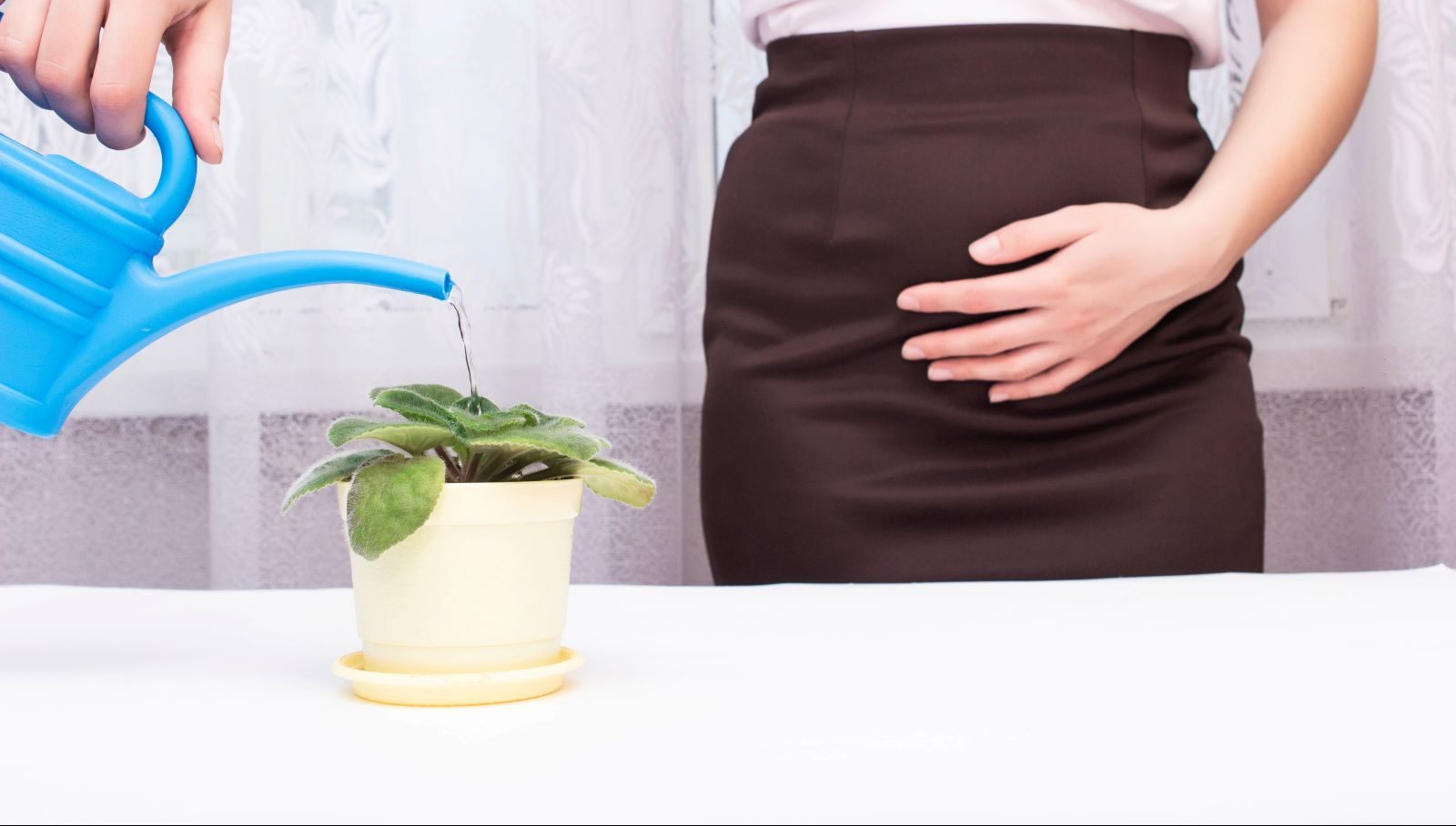<< Back
Urinary Incontinence in Women: A Flood of Treatment Options

May 23, 2022
By Dmitry Volkin, MD
Urologic Surgeon
Director of Pelvic Health, Hartford HealthCare East Region
Urinary incontinence is the loss of bladder control. It is a common and often embarrassing problem, but usually a benign condition. It can range from leaking urine when you sneeze to having an urge to urinate that’s so sudden and strong you don’t get to a toilet in time. For most people, simple lifestyle and dietary changes or medical care can treat symptoms of urinary incontinence.
Types of Urinary Incontinence
- Stress: Urine leaks when you exert pressure on your bladder by coughing, sneezing, laughing, exercising or lifting something heavy.
- Urge: A sudden, intense urge to urinate followed by an involuntary release of urine. This might be caused by an infection, or something more serious like a neurological disorder or diabetes.
- Mixed: This is a combination of stress incontinence and urge incontinence.
Temporary urinary incontinence may be caused by an easily treatable medical condition, such as:
- Urinary tract infection: This irritates your bladder, causing you to have strong urges to urinate and, sometimes, incontinence.
- Constipation: Hard, compacted stool in your rectum can decrease the amount of space in your pelvis and lead to increased frequency or urgency, and even incontinence.
Persistent urinary incontinence can be caused by:
- Pregnancy.
- Childbirth.
- Aging.
- Menopause.
- Neurologic conditions.
- Medications.
Treatments for incontinence range from lifestyle changes to changes in your diet to medications to procedures. Bladder training, pelvic floor muscle exercises, fluid and diet management might be the best place to start.
If conservative treatments or medications don’t seem to help, there are other options. The option that is right for each patient depends on the type of incontinence and the patient’s goals and priorities.
Some procedural options include:
For Stress Incontinence
- Bulking agents: Bulking agents are injected into the walls of the urethra to help close the sphincter. The procedure is a series of 3-4 small injections that takes around 10-15 minutes under local anesthetic. Up to 92 percent of women reported being cured or improved after one year following treatment.
- Urethral slings: Slings are made of either a synthetic material or your body’s own tissue and are meant to provide support for the urethra to prevent it from releasing urine. This is a quick outpatient procedure done in the operating room and is the “gold standard” treatment for stress incontinence.
For Urgency Incontinence
- Botulinum toxin injections: Botulinum toxin is a medication that is used to “calm” the bladder muscle and reduce frequency, urgency and urgency incontinence. It is a quick in-office procedure, but requires repeat injections approximately every six months.
- Sacral Neuromodulation: Commonly referred to as a “bladder pacemaker,” sacral neuromodulation is a technique where a medical device is implanted to dampen the signals to the bladder that results in frequency, urgency and urgency incontinence. A permanent device is implanted that delivers mild electrical pulses to the targeted sacral nerve in order to restore normal communication to and from the brain. SNM therapy is a safe and established therapy demonstrated in peer reviewed publications. To date, over 300,000 patients have been implanted with an SNM device worldwide.
- Percutaneous Tibial Nerve Stimulation: This is a form of electro-acupuncture where a very tiny needle is placed near the ankle. This is stimulated for 30 minutes with an electric pulse and can help restore normal communication between the bladder, spinal cord and brain. The treatment in done once a week for 12 weeks followed by periodic maintenance treatments after that. It is very safe and has virtually no side effects.